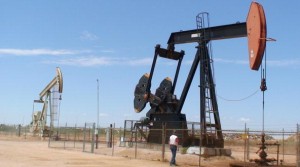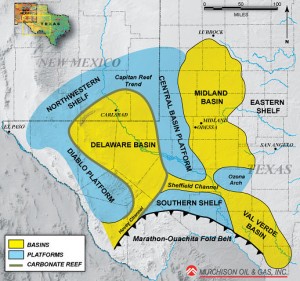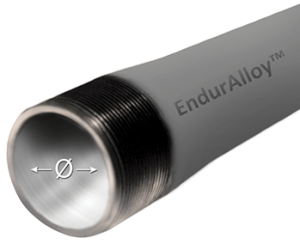Permian Basin enjoying a renewed spirit of innovation as companies respond aggressively to low oil prices
Doom and gloom pervades the American oil industry right now, but judging from my experiences in the Permian Basin, behind the negative headlines are remarkable stories of innovation and resilience.

Every month I spend a week in Midland, Texas, the heart of the Permian Basin oil patch and home base for American Energy News, talking to service companies about advertising and interviewing oil companies about their operations.
What I heard this week gave me plenty of hope for the future of the industry, even in the near-term as companies grapple with prices below the cost of production for many operators.
West Texans are a hardy people, shaped by their harsh environment and the boom and bust nature of the oil and gas industry. They don’t get too high when oil prices soar above $100 and they don’t get too low when they dip to $30. This too shall pass, they understand only too well.
You can add another adjective to the West Texas lexicon: Innovative.

Permian Basin oil and gas companies and the firms that service them are adopting new technologies to lower costs – sometimes quite dramatically – and increase efficiency. Whereas in the past they might have just hunkered down to weather the storm, like many an oil patch during many a downturn, this time they are fighting back with creative new tools and techniques.
I’ve got plenty of examples. Some of them are advertisers or potential customers of American Energy News and our conversations were off the record, so I won’t name names.
This week I talked to petroleum engineer who told me that adopting the PDC (polycrystalline diamond compact) drilling bit had doubled or tripled the speed of drilling a new well. The PDC bit isn’t new to the industry, he said, but it hadn’t been used much in the Permian Basin. Low prices forced drillers to work smarter and their answer was to find better tools.
I also talked to a plunger lift company that invested in a SCADA system and remote monitoring for customer wells. Both the service company and the producer can monitor the data via computer from the office – there’s even a smartphone app – and not have to send out a pumper every day or two to check the well. And with better real-time data, the wells can be optimized for best production and lower costs.
 Have you got problem wells with frequent tubing failures? Extend run-times/lower workover costs with EndurAlloy™ – J55 production tubing with boron diffused into substrate to create extra hard interior surface.
Have you got problem wells with frequent tubing failures? Extend run-times/lower workover costs with EndurAlloy™ – J55 production tubing with boron diffused into substrate to create extra hard interior surface.
I talked to a pump shop company that also manufactures. Perhaps counter-intuitively, their business has risen since the price of oil fell off a cliff in late 2014. Some of that success is due to painstaking attention to service and detail in their manufacturing division, but some of it is due to adopting more efficient technologies that allow them to compete when times get tough.
I talked to the American distributor of a Calgary-manufactured downhole tubing product that dramatically reduces wear caused by abrasion in rod pumping wells. Sales increased as oil prices fell because oil company engineers, who were too busy when oil was high, suddenly had time – and incentive – to try to try new products when prices were low. The product is expensive but works so well at extending run-times for problem wells that the distributor is confident he will retain the new customers when prices rebound.

Everywhere I go in the Permian Basin, I find this same spirit of innovation and determination to lower costs in order to compete. Each example is just one small part of the larger puzzle, but taken together they help explain why American shale producers have been able to persevere in the face of the relentless drive by international producers, led by OPEC and the Saudis, to maintain the high levels of production that have oversupplied global oil markets.
Many of the service companies are just getting started. There is plenty of innovation to come. And room for costs to come down even further.
Don’t bet against the Permian Basin. Or other American shale plays, for that matter. If the spirit I’ve seen in West Texas is alive and well in the Eagle Ford and the Bakken and the Marcellus, etc. – and I think it is – then American oil and gas producers and the service companies that support them will emerge from this downturn stronger and ready to go toe to toe with their global competitors.
Take that, Saudi Arabia.


Be the first to comment